Which root causes are affecting your hair growth?
Hair shapes the appearance of a person. For many men and women hair is associated with pride of appearance. Healthy hair not only looks good but is essential for many and leads to a good attitude towards life. But what happens when our hair appears thinner, receding hairline or even hair loss becomes noticeable? Sadly, we do not realize that everyday habits like improper diet, chronic stress, medications, heredity, or disease like thyroid disorders can wreak havoc on the quality of hair and contribute to hair loss. Acupuncture offers a safe, non-invasive, and affordable alternative to stop hair loss and restore hair (and your overall health).
How does it work?
The root of hair loss is imbalances and blockages in the “Qi” energy (vital force energy). Imbalance can be present in one, two, or all three of the organ systems that traditional Chinese medicine considers important to maintaining a healthy hormone system: the spleen, liver, and kidneys. Your diet and the amount of stress and strain you experience can affect these organs, which in turn can affect your “Qi”, and blood. Hair is an extension of blood. If your “Qi” and blood are stagnant or deficient, they can affect the growth of your hair. Through acupuncture and herbal medicine, balance can be restored and blocked energy can be cleared. The pathways or meridians can again carry essential nutrients and the vital force energy “Qi” to increase blood circulation in the scalp to properly nourish hair and promote hair growth.
What is a typical course of treatment?
Along with customized herbal formula, most patients typically have a treatment twice per week for two weeks. Then we move to once per week for eight weeks, then twice per month for six months, and then once per month thereafter for maintenance. Each individual responses to acupuncture treatment at his or her own pace and hair growth results can vary, however, most patients begin to notice results somewhere between the third and fourth month.
A study of patients with alopecia aerate was published in the Journal of Acupuncture and Tuina Science with the conclusion that acupuncture is better than medications in the treatment of alopecia areata. Of the 78 participants, 43 of them were treated with acupuncture while the other 35 were treated with a combination of cystine, vitamin B1 and minoxidil over a four-month period. At the end of the treatment cycle, the results were very favorable. The patients who received acupuncture had a 97.7% effective rate, while the other patients had only a 77.1% effective rate.
Cosmetic Acupuncture for Rejuvenation
As we get older, we start noticing subtle changes in the way we look. Those subtle lines and puffiness slowly increase until we find ourselves considering options to slow or reverse the process. Many women and men simply aren’t comfortable with the idea or the expense of extreme surgical procedures. Cosmetic acupuncture offers a safe, non-invasive, and affordable alternative to help us feel and look healthier and more youthful.
How does it work?
Beauty starts from within and anti-aging begins at cellular level. Facial Cosmetic Acupuncture uses extra fine gauge filiform acupuncture needles that are placed on the head, face, and neck. These needles stimulate the skin cells by bringing energy (Qi) and blood circulation to these areas to nourish, hydrate, tone and repair cells to reduce the signs of aging. At the same time, additional acupuncture points may be used to correct imbalances within your body based on your diagnosis, body constitution, chief complaints, and medical history. This way, we are working holistically on the physical appears and the underlying factors which influence how you look simultaneously.
What is a typical course of treatment?
Patients typically have a treatment twice per week for five weeks. The result is a gradual transformation that takes at least ten treatments. Patients begin to notice results somewhere between the fourth and fifth session. Maintenance could be once every month after the tenth treatment depending on the individual needs, receptiveness of treatments, and also factors such as age, type of skin, life style, overall health, any history of sun damage, etc.
A 1996 report in the International Journal of Clinical Acupuncture revealed that among 300 cases treated with facial acupuncture, 90% noticed remarkable effects with just one course of treatment.
Always remember: Be informed. Be encouraged. Be empowered. But most of all, Be yourself.





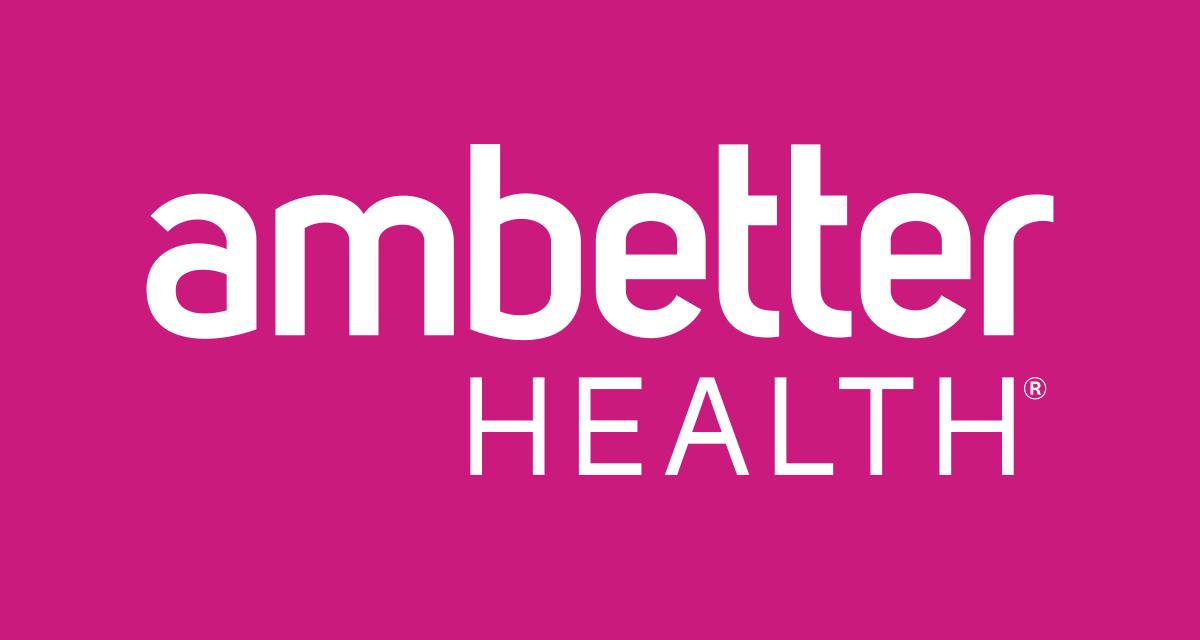


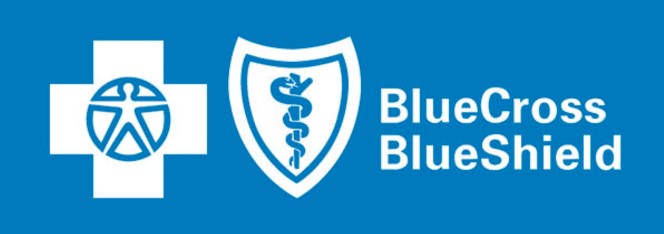



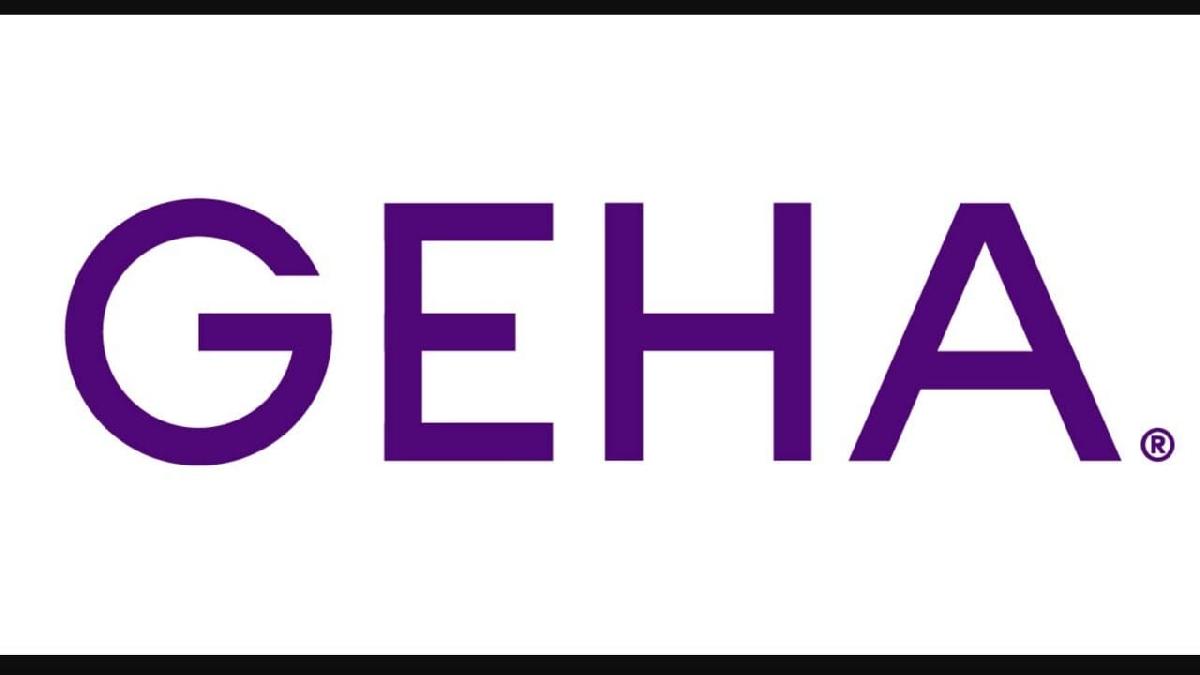
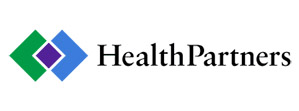


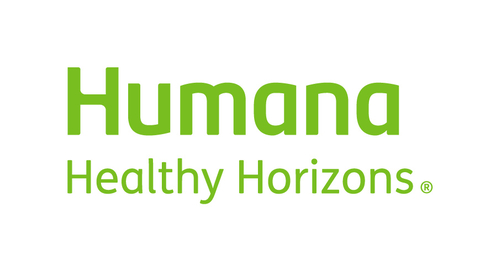


.jpg)







